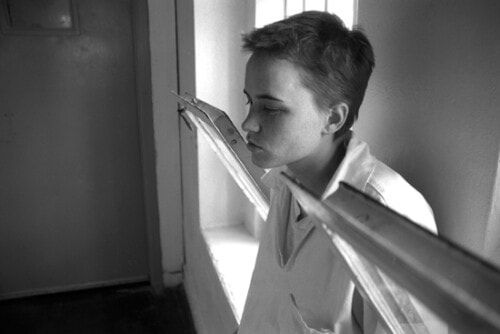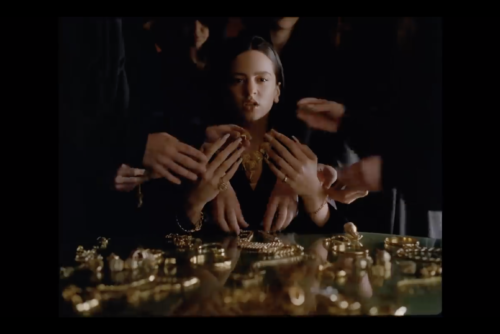The Death Penalty
With so much evidence of bias in our criminal justice system, it is no surprise that evidence of serious discrimination also exists in relation to capital punishment. These biases, errors in convictions, as well as the innate cruelty of killing human lives, have propelled Angela Davis and Sister Helen Prejean, among many others, to fight for the abolishment of the death penalty for many years. Despite the fact that the number of countries who have abolished the death penalty continues to increase, 74 countries (including the United States) retain the death penalty. Of these 74 countries, four countries are responsible for the majority of all executions: China, Iran, Vietnam, and the United States. In fact, we are the only country in the Western industrialized world to practice the death penalty.
As Angela Davis and other death-penalty abolition activists note, the death penalty is thoroughly racist. It is not only racist in terms of the defendant, but also in relation to the race of the victim. Of the 18,000 executions that have taken place in our country since its inception, only 42 executions, or less than 0.25 percent, were punishing a white person for killing a black person. Killing a white person, on the other hand, has a higher risk for the death penalty than does the murder of any other person. As Angela Davis mentions in her presentation, “raped or murdered white bodies have a greater exchange value than bodies of color” in our society. She further notes the close tie that capital punishment has with the institution of slavery, noting that of the 197 black women executed in our country from the 17th century through 1998, 151 were slaves. 1 Davis argues that this history alone makes the death penalty a racist practice that should be terminated.
Wealthy individuals, as the contributors show us, are not only protected from the police but also from harsh convictions, including the death penalty. It is well documented that people who pay for good representation do not end up on death row. Ninety percent of defendants charged with capital crimes cannot afford experienced attorneys. Their trials often last less than one week, hardly ample time to make a strong case.
The injustice of the death penalty has led people from many states to begin campaigns to end capital punishment, and many have successfully put an end to the practice within their state. Sister Helen Prejean’s web site lists many of these organizations, as well as national organizations like her own. As Sister Prejean remarks in her lecture, we as a society can take seriously the horrors that murder victims experience without turning to capital punishment and creating further violence. Botched executions, in which there is proof of torture through the execution process, and the fact that 123 people since 1973 have been released from death row because of evidence of their innocence, provide further evidence that this discriminatory, violent, and flawed practice needs to end.
- Actual execution of female offenders is quite rare, with only 568 documented instances as of December 31, 2006, beginning with the first in 1632. These executions constitute about 2.8 percent of the total of confirmed executions in the United States since 1608.[↑]



